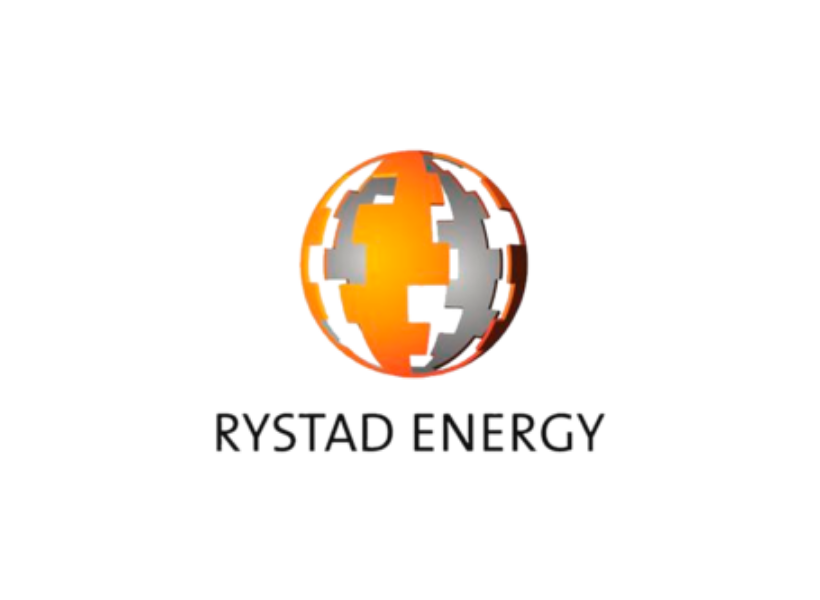A comprehensive analysis that was recently conducted by Rystad Energy on oil production costs has revealed that the average breakeven price for all unsanctioned projects has dropped to around US$50 per barrel, down around 10% over the last two years, and US$35% since 2014. This means that oil is much cheaper to produce now compared to six years ago, with the clear cost savings winner being new offshore deepwater developments, the energy research consultancy stated.
Expounding further, Rystad said that its cost of supply for liquids now reveals that the required oil price for producing 100 million barrels per day (bpd) in 2025 has been in continuous decline in recent years, with updated projections showing that an oil price of only US$50 per barrel is needed to keep oil production at this level.
Previously, in 2014, the Norwegian firm had predicted that the required oil price for producing 100 million barrels per day in 2025 was close to US$90 per barrel, an estimate it subsequently revised in 2018 to around US$55 per barrel.
Speaking on the implication of falling breakeven prices, Espen Erlingsen, Head of Upstream Research at Rystad Energy said it is clear to see that the upstream industry, over the last two years, has become more competitive than ever and is able to supply more volumes at a lower price. Be that as it may, the industry analyst said that the average breakeven prices for most of the sources remain higher than the current oil price. Erlingsen said this is a clear indication that for upstream investments to rebound, oil prices must recover from their current values.
Turning his attention to shelf and deepwater projects, Erlingsen noted that between 2014 and 2018, they experienced a cost reduction of around 30%. However, the lack of new sanctioning during the same period reduced the offshore potential liquids supply for 2025. Since 2018, he said that breakeven prices have been falling for offshore, with deepwater down 16% and shallow water down 10%.
The analyst said that this cost reduction makes offshore a winner out of all the supply sources over the last two years when it comes to cost improvements and supply potential.













